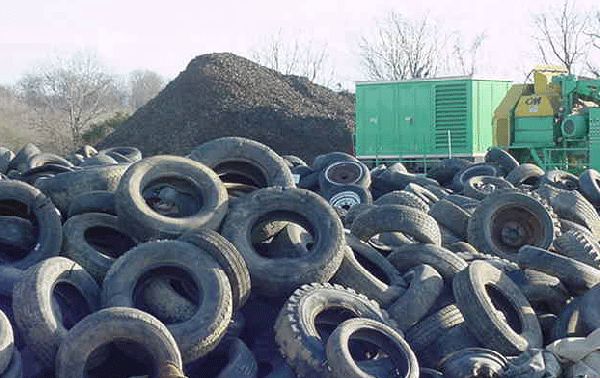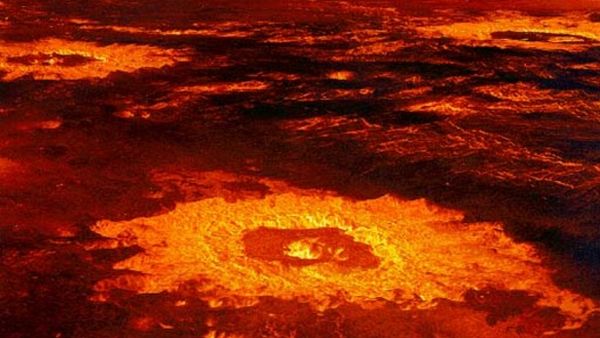
After watching ‘Terminator’ flicks spread across two decades, the eventual lesson we have learned is that we can only delay ‘Judgment Day’ but it is inevitable. Every time we talk about global warming it is in conjunction with some endangered reef, increasing level of carbon content at some part of the globe, a latest electric vehicle that cuts down on emissions or a zero energy building that promises to reduce carbon footprint. All these minor changes are good and they should help us effectively slow down, if not stop, the arrival of the day that we fear most. And in a sense, it might well be like the ‘Judgment Day’ and all we are doing at the moment is delaying its eventual arrival.
The Venus Syndrome
We start our worst case scenario with a look at the absolute worst of the lot, the ‘Venus Syndrome’. The effect is name after planet Venus, which is believed to have had a milder atmosphere in its early years of existence. But somewhere down the line trapped greenhouse gases caused a ‘cyclic effect’ that saw more and more gases being added and temperatures raising to around 460 degrees Celsius and if the same cycle hits us, then expect a fiery hell to manifest itself on earth. The oceans will evaporate into oblivion, all water will vanish and earth will turn into sheer boiling inferno.
Ocean Dead Zones that last forever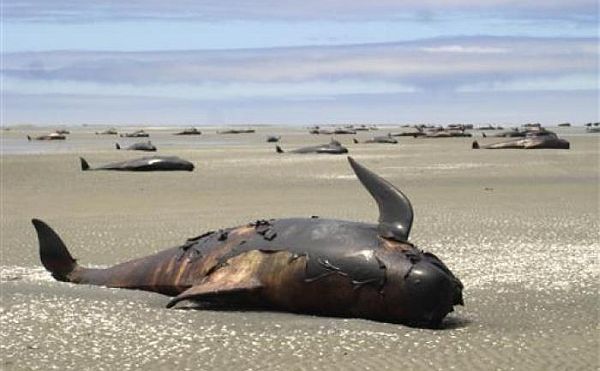
We concede that after going through the ‘Venus Syndrome’ everything else sounds a lot less violent. But this worst case scenario could lead you toward a future where the ocean is pretty much a dead zone and if that happens, everything runs downhill pretty fast. With growing carbon emissions, the ability of oceans to retain oxygen content is diminishing. Take away the rich marine ecosystems and you are creating lifeless zones that could spread very quickly and last for tens of thousands of years.
Sea Levels could swell up by 70 feet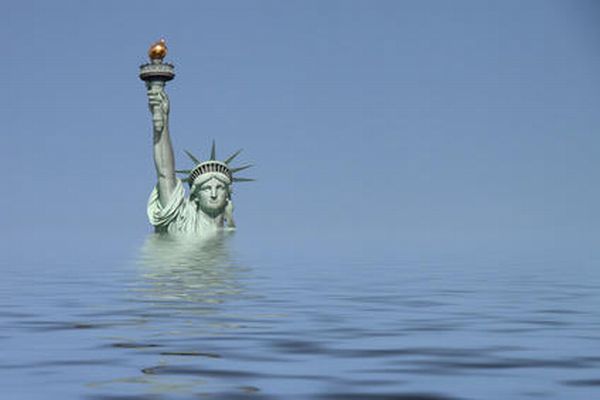
Do not worry about selling your home in New York just as projection models and the current trend indicate that if we keep up our pace with carbon emissions, future generations might have to deal with sea levels that swell up by as much as 70 feet compared to the current ones. That is after the melting of whole of Greenland and West Antarctic sheets.
Permanent drought in Southwestern US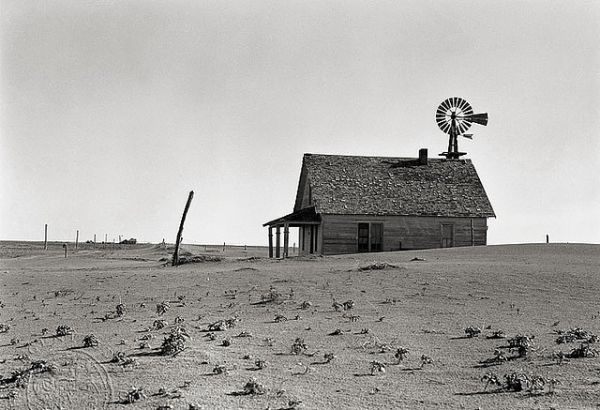
Do not be glad if you do not live in this region as the predicted model for Southwestern US is something that can be translated to the Middle Latitude across the globe. Scientists predict that vast regions of the world could experience permanent droughts with little to no rainfall across several decades and growing summer temperatures that will make the regions pretty difficult to inhabit in coming decades. All this thanks to changing global weather patterns courtesy of the greenhouses gases we so liberally spew out.
Mass extinction of Species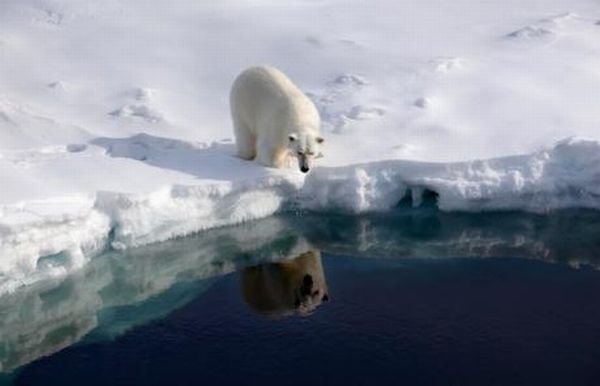
This should come as no surprise to anyone, but the way in which we overlook at the damage we are causing to flora and fauna, thanks to global warming, is simply appalling. Scientists after careful studies across various ecosystems, claim that global warming is the single biggest reason for extinction of species across the globe today. And if the trend is not buckled and biodiversity of ecosystems not carefully preserved, we are not too far away from mass extinction of wide variety of species.
Methane released from the melting Arctic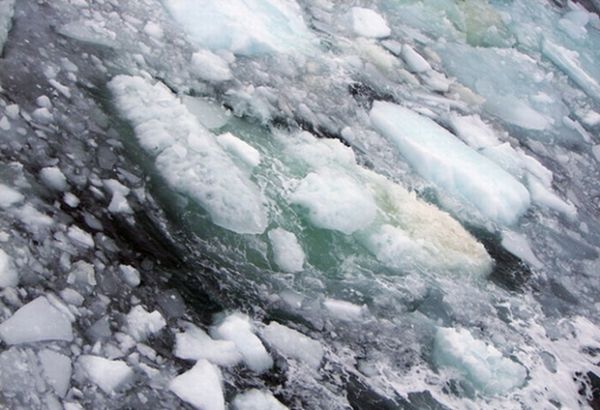
Global warming is much like a snowball effect. One bad thing just seems to trigger off so many others, which can compound our problem a whole lot. The poles store up methane in their ice shelves and as the ice melts into water thanks to growing global temperatures, it also releases methane trapped inside. If we assume the worst for the next 100 years, then there could be a day when the arctic lakes could spill huge amounts of methane into the atmosphere, which along with the carbon emissions increase global temperatures several fold.
Coral bleaching and death of tidal forests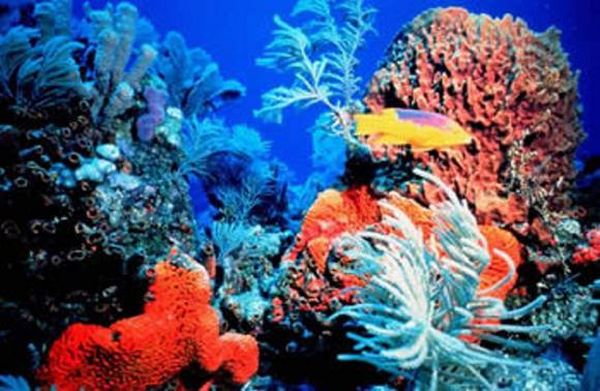
The problem with the destruction of marine ecosystems is that they not only end up wrecking the marine food chain, but they bring down the ocean’s ability to act as carbon sinks. Research has indicated how the coral reefs are getting bleached and the rate at which they are disappearing; underwater ecosystems could soon be wrecked beyond repair. As a result, the oxygen content in oceans drop and their ability to absorb CO2. A chain reaction that will leave the planet on the brink of extinction.
Violent storms and frequent floods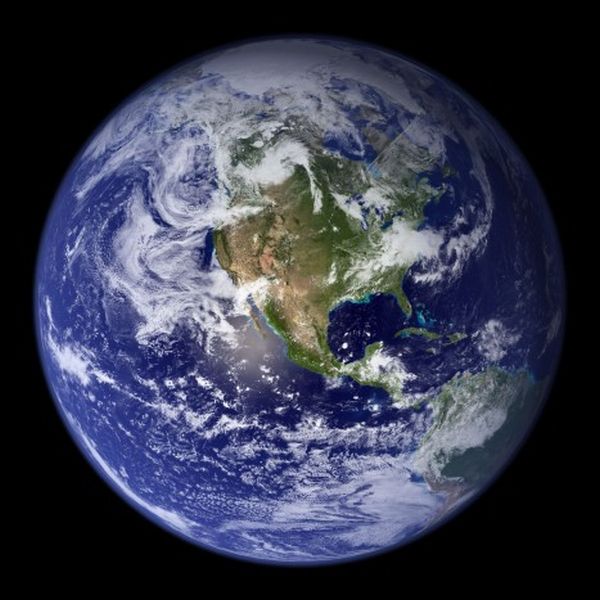
Huge violent storms have been observed on other planets of our solar system. In fact, some of them cover as much as half the surface of earth and last for several decades. With global warming and changing climate patterns, the floods and storms that today occur sporadically, could become a bi annual thing and their intensity will only go up.
Spread of deadly diseases
As the planet gets warmer, tropical disease carrying insects and microorganisms will start to spread across the globe. With warmer conditions, these new disease carrying agents will attack populations of flora and fauna that are far less resistant to these new threats. In fact, scientists believe that one of the major reasons for non eradication of malaria in many countries even after sustained efforts, is in fact global warming and the new breeding grounds that it is creating
Uncontrollable Forest Fires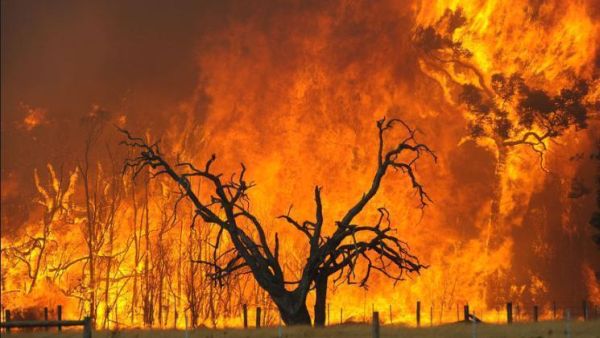
With growing heat, prolonged summers, clearing of large forest lands and imbalance in the food chain thanks to extinction of species, the chance of forest fires turning into giant threats is distinctly possible. We have already seen both Africa and Australia being hit by furious forest fires and with hotter summers and sporadic showers in the next few decades, we could see forest fires that spread across several countries and add further greenhouse gases to the atmosphere.



